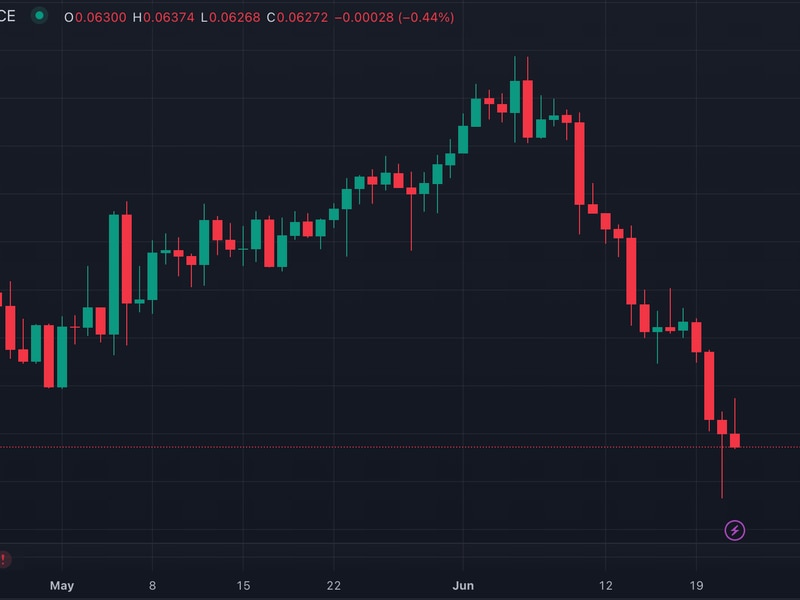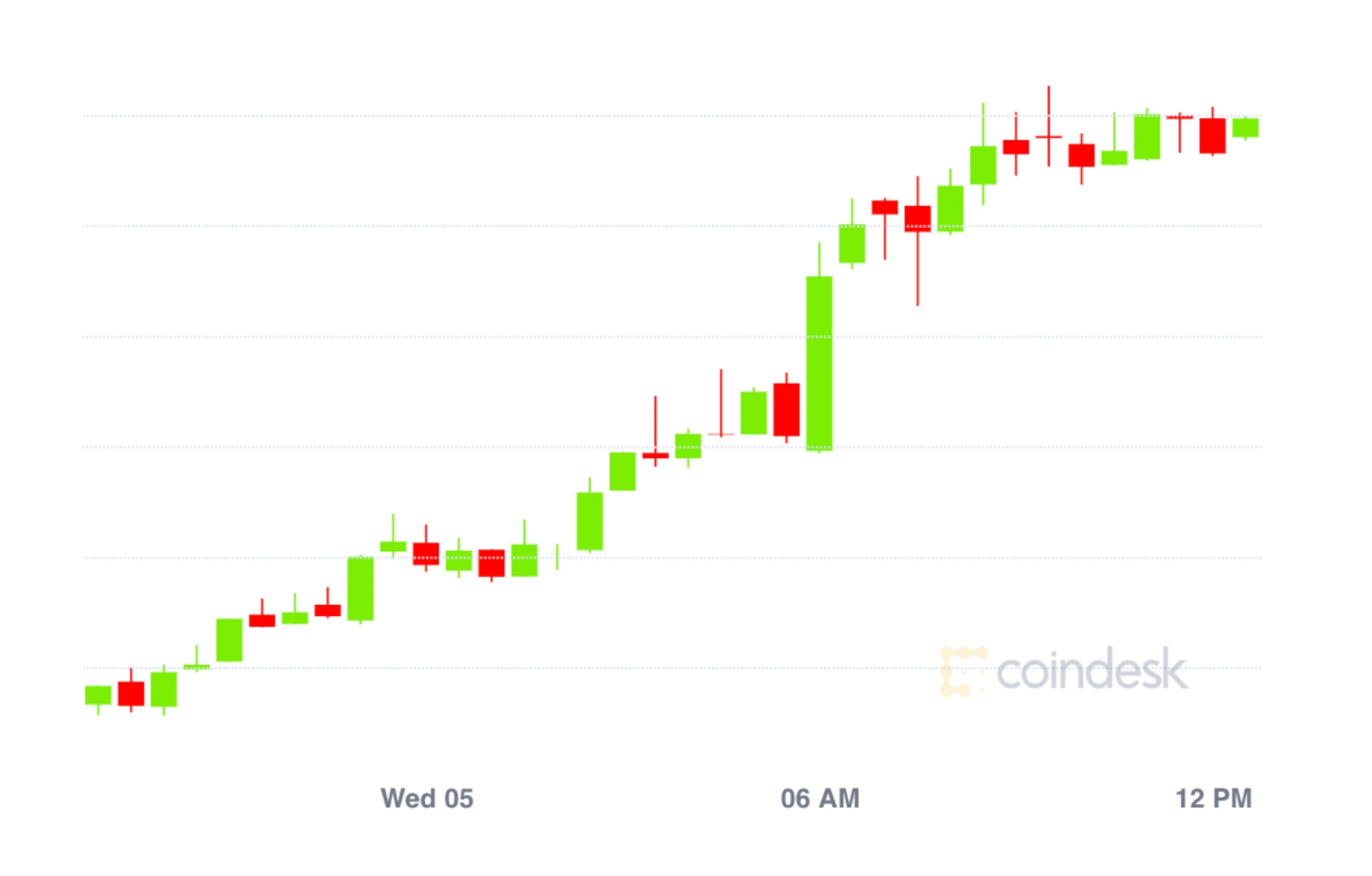Blanket Crypto Bans Won’t Work, Joint IMF, FSB Paper Warns
Just banning cryptocurrency won’t eliminate its risks, a joint policy roadmap published by global standard setters Thursday said.
The policy paper, commissioned by the intergovernmental forum G20 under India’s leadership, combines norms set by the Financial Stability Board (FSB), the International Monetary Fund (IMF) and other international standard-setters for the crypto sector in one report, which found “comprehensive regulatory and supervisory oversight of crypto-assets should be a baseline to address macroeconomic and financial stability risks.”
The IMF-FSB synthesis paper is set to be presented to the G20 this weekend and is part of a series of efforts by international bodies to introduce global norms for the industry, particularly following the numerous crypto enterprise collapses of 2022.
To tackle macroeconomic risks from crypto, the report says jurisdictions should “strengthen monetary policy frameworks, guard against excessive capital flow volatility and adopt unambiguous tax treatment of crypto.”
Thursday’s report reiterated the IMF’s stance that crypto blanket bans may not help in mitigating associated risks and added that targeted restrictions might come in handy for emerging economies in particular.
Targeted restrictions
Imposing blanket bans that make all crypto activities – including trading and mining – illegal in one jurisdiction is not only expensive and technically challenging, but “could also lead to activity migrating to other jurisdictions, creating spillover risks,” according to the report.
“Restrictions should not substitute for robust macroeconomic policies, credible institutional frameworks, and comprehensive regulation and oversight, which are the first line of defense against the macroeconomic and financial risks posed by crypto-assets,” it said.
But that doesn’t mean all prohibitions should be off the table. The IMF and FSB say jurisdictions might consider targeted and temporary restrictions to manage some risk factors in stressful times or while countries find better internal fixes. The paper appeared to reference some examples of such restrictions at play, such as the targeted restrictions on anonymity-enhancing “privacy” coins in places like Dubai, to a ban on Nigerian banks serving crypto firms.
“Some jurisdictions, in particular emerging markets and developing economies (EMDEs), may want to take additional targeted measures that go beyond the global regulatory baseline to address specific risks,” it added.
Stablecoins
The IMF-FSB roadmap addressed another concern of G20 countries about the proliferation of stablecoins – which are crypto stabilized against the value of other assets or currencies – threatening currency replacement or bank runs in emerging economies.
“Rapid capital flight (or reversals) could materialize if foreign currency-denominated stablecoins became easier and cheaper to hold in large quantities relative to foreign currency bank accounts,” the paper said.
While they could facilitate a wide range of transactions, the report said stablecoins may have distinct risks that come with maintaining a stable value, and dependency on private issuers – something that played out in real time as algorithmic stablecoin terraUSD de-pegged from the U.S. dollar in a matter of days wiping billions from the market in 2022.
It added that global stablecoins adopted by multiple jurisdictions “may transmit volatility more abruptly than other crypto-assets and may cause significant risk to financial stability.”
Jack Schickler contributed reporting.
Edited by Nikhilesh De.









